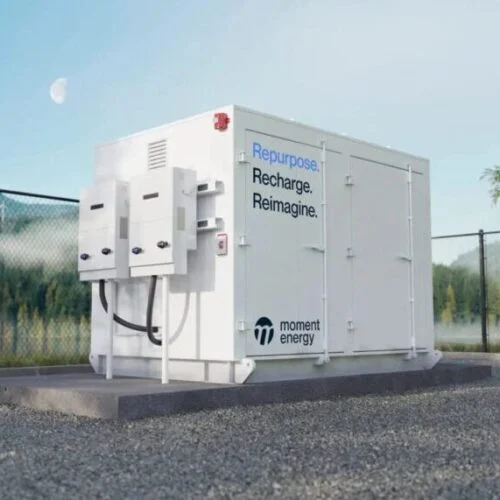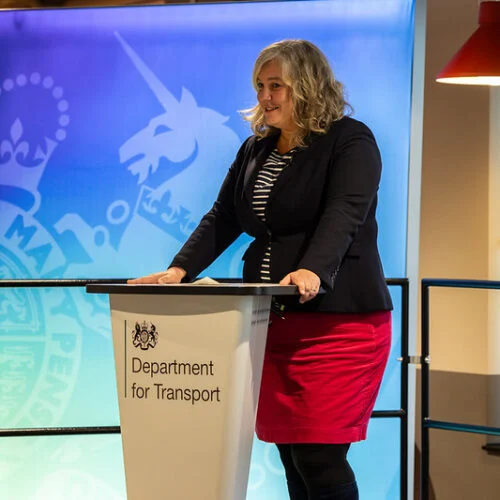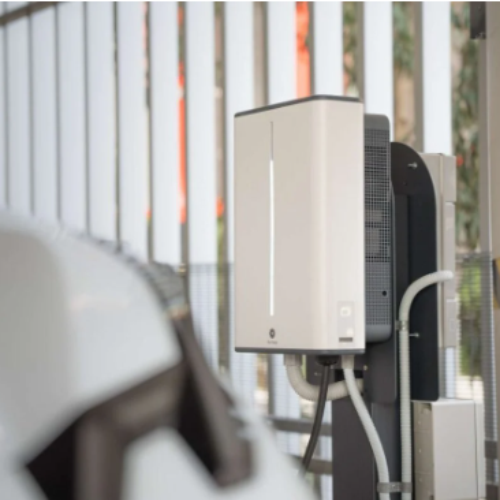Mollie Atherton, project manager at spatial analytics and software company, Advanced Infrastructure, explores how a subtle change to grid connection rules could accelerate community-scale net zero efforts, and why better digital tools will be essential to make it happen.
Tucked away within the ongoing connections reforms, Ofgem has announced a small-scale change with a big impact. In a decision announced on 12 May, Ofgem has approved a grid code modification that will enable energy projects under 5MW to bypass the transmission connections queue and only be reviewed at a distribution network level. Previously set at 1MW, this change can help unlock a raft of new, local energy projects that can benefit communities across the country.
This is a very positive change. In the grand scheme of network connections and energy projects, 5MW is small-scale. Yet it was highly inefficient that smaller, locally beneficial projects were getting stuck behind energy behemoths and having to wait more than a decade to receive a connection offer.
For local areas, 5MW projects are small-scale in name only – a 5MW solar farm could be up to 20,000 panels. Bristol’s game-changing Ambition Lawrence Weston project saw the development of a 4.2MW wind turbine that can power more than 3000 homes, and is delivering benefits back into the community that owns it, as well as driving regeneration in a deprived area. These projects have an enormous impact in local areas and can deliver huge value for communities.
The next step will be identifying and planning those projects and removing the 300 or so existing 5MW projects from the transmission connections queue into the distribution system. But there are challenges ahead. One fear is that some may try to game the system by breaking up larger projects into 5MW chunks. Another is the influx of smaller projects may take up capacity that could be more efficiently served by larger energy projects. Others worry that distribution networks could become inundated with requests for 5MW projects in response to this announcement. These will all be challenges to keep an eye on and manage, but shouldn’t detract from the opportunity of what this change can unlock.
Data tools are necessary to adapt to the change
Distribution Network Operators will certainly be expecting an increase in connection requests that they will be responsible for designing and implementing. For those applying for the connections, there are new systems and tools that can support application processes. Data tools can help developers and local authorities build an understanding of locations suitable for solar or wind that have available grid capacity, are reasonably accessible and are in close proximity to existing network infrastructure and sources of demand.
By identifying high-potential sites that meet network requirements before submitting an application, rather than submitting tens of highly speculative applications and hoping one will stick, the DNOs should receive fewer connection requests of a higher quality. This can ensure that the time of their design engineers isn’t wasted on a high number of speculative projects, and can be focused on the ones that matter. Ultimately, this will create a more efficient process that, if executed well, could accelerate the number of connection requests granted and ultimately support the delivery of both local and national growth and net zero ambitions.
The energy transition will happen across the UK at all scales — from building gigawatt-scale offshore wind farms in the North Sea to developing rooftop solar on community centres and schools. Finding the balance between smaller and larger projects is critical to achieving growth and delivering net zero across the UK, as well as supporting a more equitable energy system. With this announcement, the small-scale received a big boost. We’re excited to see where it takes us.





